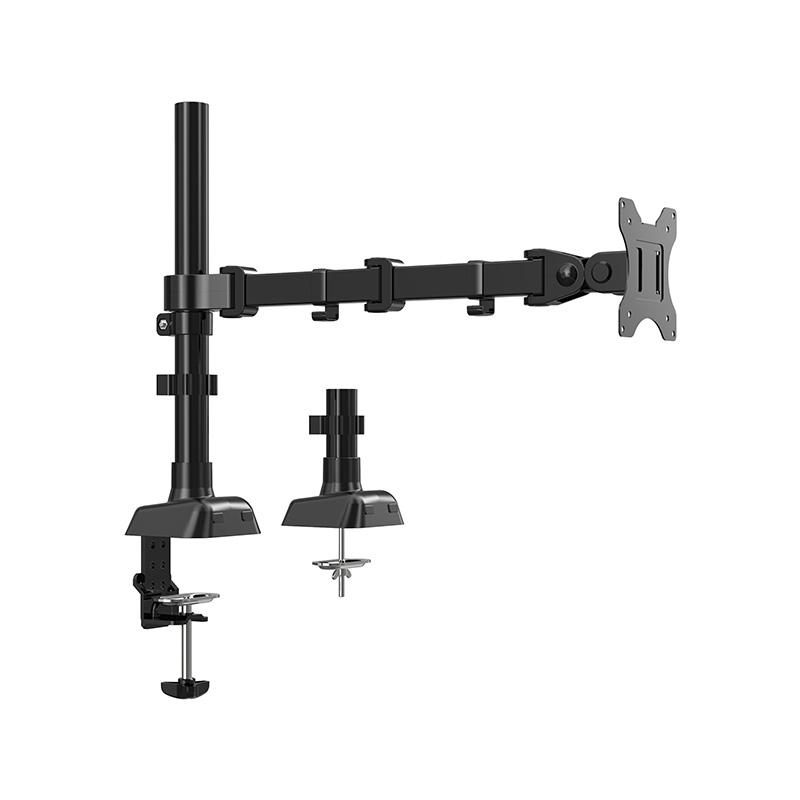Choosing an appropriate monitor desk mount requires a careful evaluation of several practical factors to ensure it meets the specific demands of the user's hardware and workspace. The process involves more than just selecting a visually appealing model; it demands a technical assessment of compatibility, load capacity, and desired functionality. A successful selection ensures that the monitor desk mount will perform reliably, provide the intended ergonomic benefits, and integrate seamlessly into the existing desktop environment, thereby justifying the investment in this productivity-enhancing accessory.
The first and most critical step is verifying VESA compatibility. The VESA standard defines a square pattern of four mounting holes on the back of a display. Measuring the horizontal and vertical distance between these holes (e.g., 75x75mm or 100x100mm) is essential, as the bracket on the monitor desk mount must match this pattern. Equally important is confirming that the weight of the monitor falls within the specified capacity range of the mount. Exceeding this weight limit can compromise the structural integrity of the monitor desk mount and pose a safety risk. The type of desk is another key consideration; the clamp must be able to securely fasten to the desk's thickness and material, while a grommet installation requires a pre-existing or newly drilled hole.
Beyond these fundamentals, the desired range of motion should guide the choice. A simple fixed pole mount offers basic height adjustment, while a fully articulated monitor desk mount provides extensive flexibility for pulling the screen closer or swiveling it side-to-side. For multi-monitor setups, a dedicated dual or triple monitor desk mount is designed to hold and align multiple displays from a single base, which is far more stable and organized than using multiple single arms. Additional features like integrated cable management channels are highly valuable for routing power and video cables neatly along the arm, maintaining a clean and professional appearance. Carefully considering these aspects—compatibility, capacity, motion, and features—ensures the selected monitor desk mount will deliver a safe, functional, and ergonomic improvement to the computing experience.
